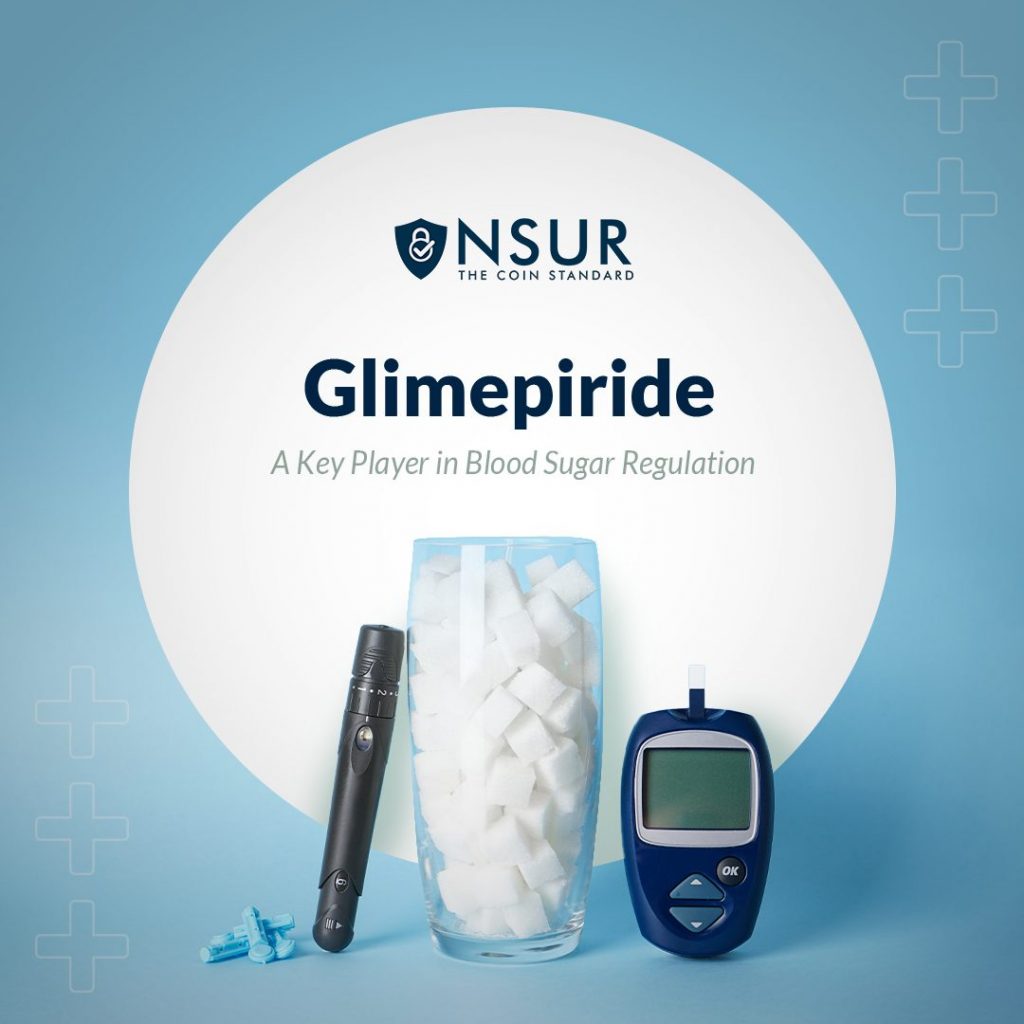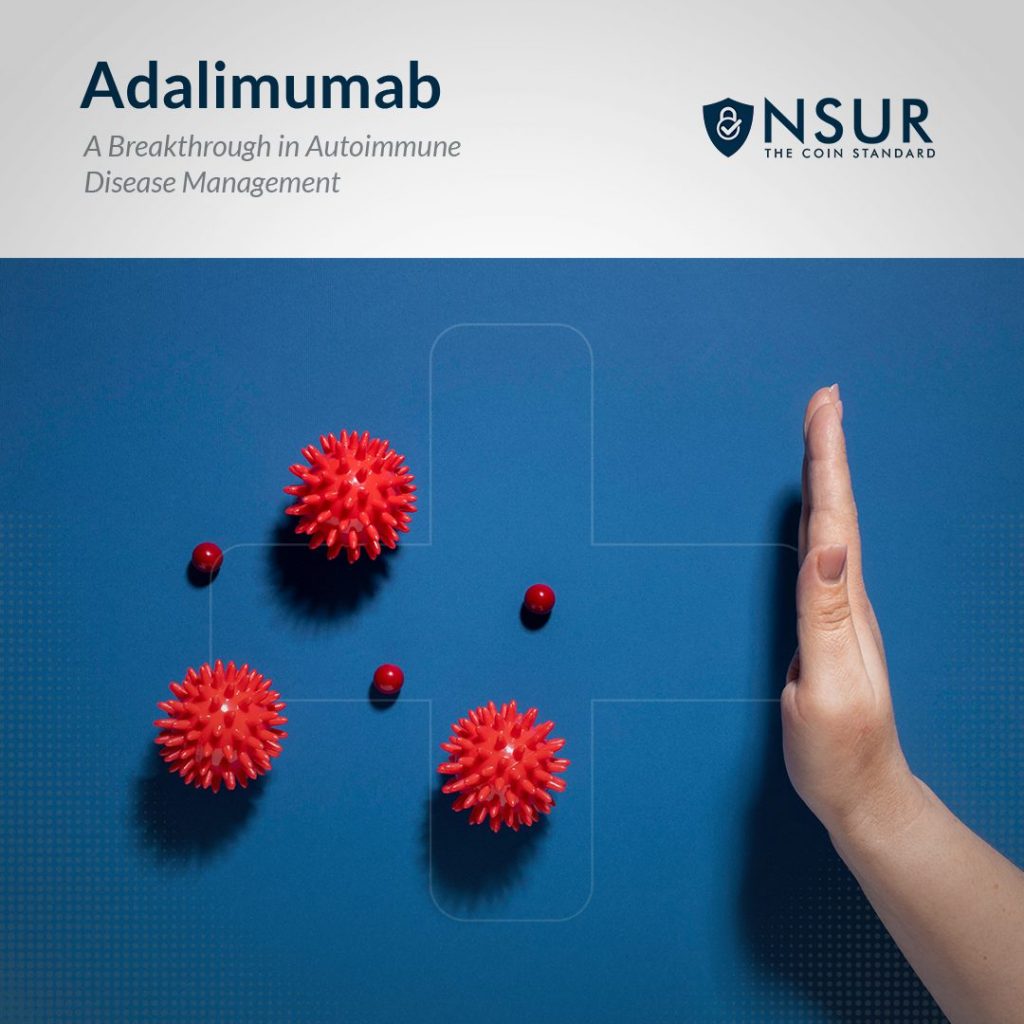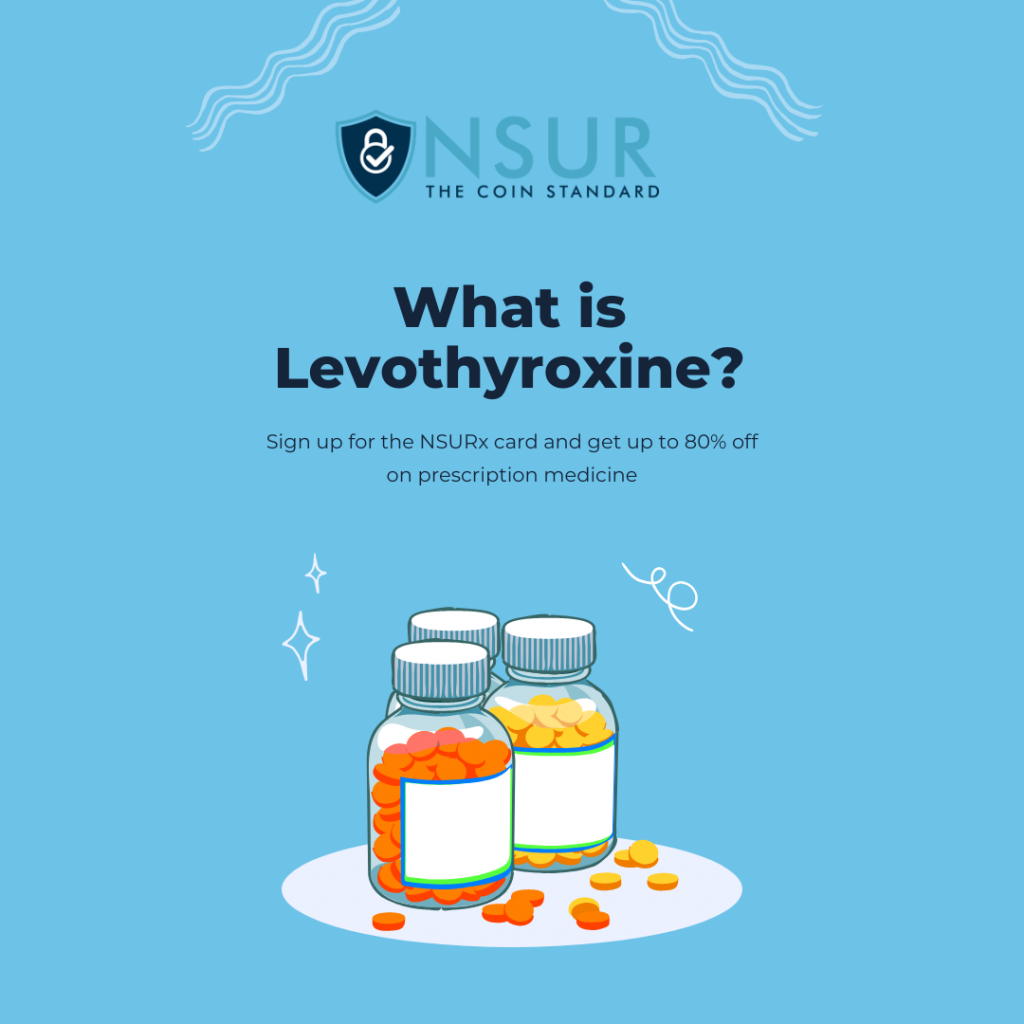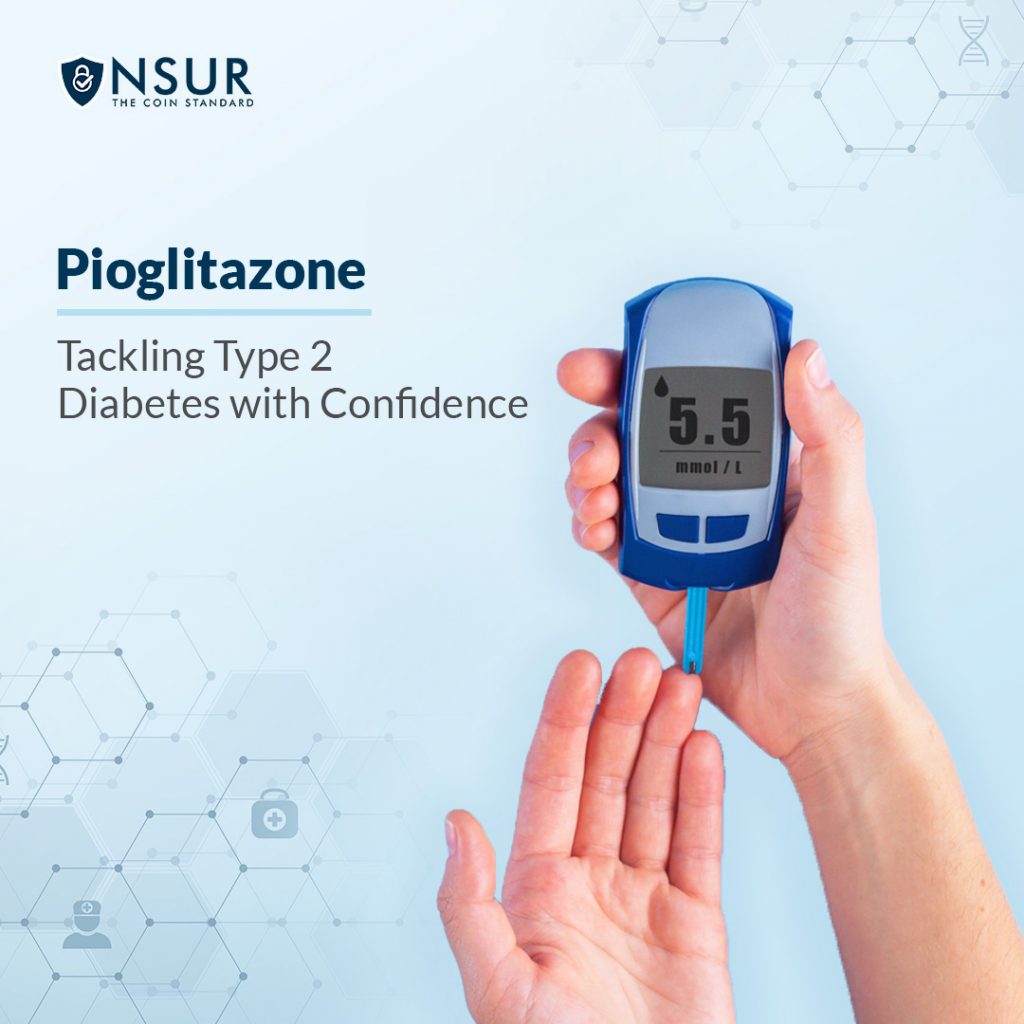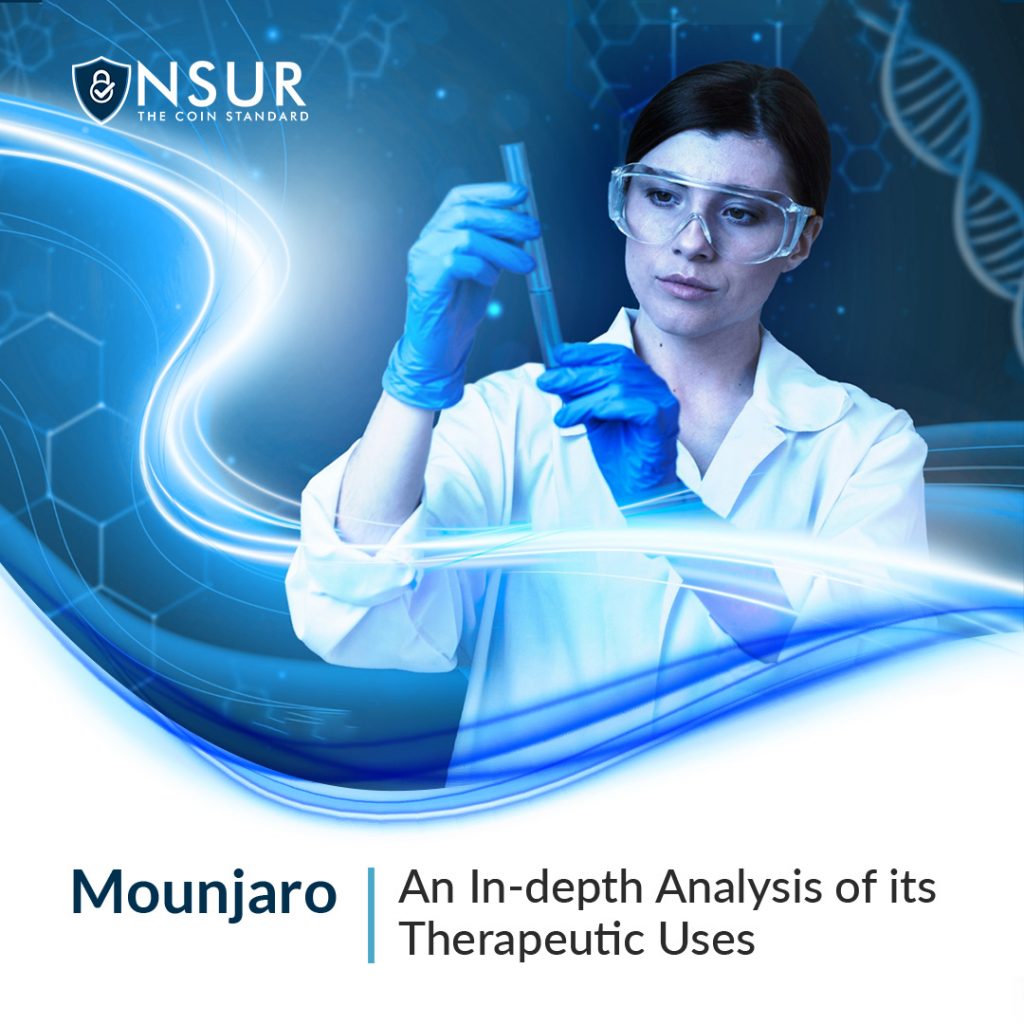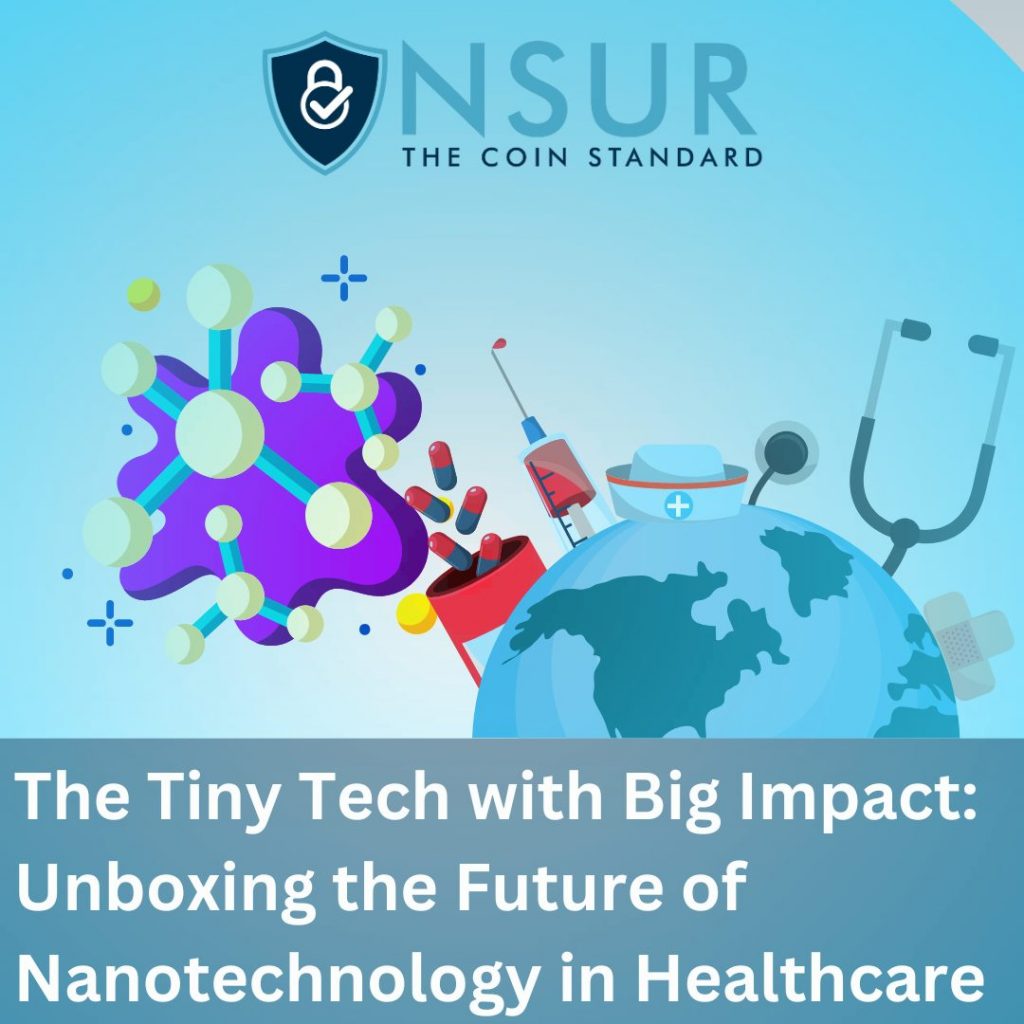
Technology is changing the healthcare industry in various ways, but one little invention has transformed our lives and paved the way for a promising field: nanotechnology. Nanotechnology is an innovative technology that has the potential to revolutionize healthcare by developing new materials, devices, and therapies that are more effective and less invasive than traditional approaches. Its unique ability to work at the atomic level is opening up new possibilities in diagnostics, genetic diseases, vaccine development, regenerative medicine, gene therapy, cancer treatment, disease monitoring, surgical devices, and drug delivery, among others.
In this blog, we will delve into the applications of nanotechnology in healthcare, explore emerging technologies, and examine the prospects of this tiny tech with a big impact.
What is Nanotechnology?
Nanotechnology is an area of science and technology that focuses on the designing, manufacturing, and management of materials on an extremely small scale, typically ranging from 1 to 100 nanometers. This field uses techniques and tools from physics, chemistry, biology, and engineering to develop and analyze nanoscale materials. The unique features of nanoparticles can be used for a wide range of applications in the healthcare sector.
Nanotechnology is used in healthcare in a variety of applications, including medication administration, imaging, and illness detection. The technology allows for the creation of nanoscale materials capable of targeting specific cells or tissues in the body, allowing for more effective and focused therapy. Nanotechnology also aids in the development of new materials capable of detecting diseases at an early stage, allowing for more effective and less invasive therapy.
Potential Applications of Nanotechnology in Healthcare
Diagnosis and Imaging
One of the potential applications of nanotechnology in healthcare is diagnostics and imaging. It has revolutionized the field of diagnostics by enabling the development of more sensitive and accurate diagnostics tools. Nanoparticles, for example, can be created to specifically target cancer cells and utilized in conjunction with imaging modalities such as MRI or CT scans. This enables earlier and more accurate disease detection, as well as tracking of therapy progress. There are a few players in the market like Ferumoxytol, an iron oxide nanoparticle used for MRI contrast imaging, and Gadolinium-based nanoparticles used for CT scan imaging.
Another example is Nanosensors, which are devices that can detect certain substances or cells in the body. These gadgets can be used to detect diseases such as cancer, Alzheimer’s disease, and heart disease at an early stage, allowing for more effective therapy. Some examples include glucose nanosensors designed by researchers at Northeastern University and cancer biomarker nanosensors developed by researchers at the University of California, Santa Barbara.
Drug Delivery and Treatment
Nanotechnology has also impacted the area of medicine, allowing for the development of more targeted and efficient medicines. Some of the most important applications of nanotechnology in treatment are as follows:
a. Drug delivery: Nanoparticles can be utilized to deliver medications to specific cells or tissues in the body, thereby decreasing therapeutic adverse effects. The COVID-19 vaccine developed by Pfizer and BioNTech is an example of nanoparticle-based vaccines, utilizing lipid nanoparticles.
b. Medical nanobots: Nanobots are microscopic robots that may be programmed to execute specific activities in the body, such as eliminating cancer cells or healing damaged tissue. An example of medical nanobots is the DNA nanobots developed by researchers at Arizona State University.
c. Nanofibers: Nanofibers have the potential to be used to build tissue scaffolds for regenerative medicine. These scaffolds can be utilized to restore tissues or organs that have been injured. Nanofiber Solutions has developed nanofiber wound dressing for example.
Prevention and Monitoring
Nanotechnology has been useful in the creation of new materials and devices for disease prevention. A few of the most important applications of nanotechnology in prevention are:
a. Wearables based on nanotechnology: Wearables based on nanotechnology can monitor vital signs, detect changes in the body, and dispense medication as needed.
b. Nanoparticle-based vaccinations: Nanoparticles can be utilized as vaccine carriers, making immunizations more effective and durable.
c. Antimicrobial coatings: Nanotechnology can be used to develop antimicrobial coatings for medical devices and surfaces, lowering the risk of infection. CuVerro’s copper-based antimicrobial coatings and Sharklet’s surface technology that inhibits microbial development are two examples of such coatings.
Nanotech Healthcare Sector: Major Tech Giants and Startups
The market for nanotechnology in healthcare is experiencing rapid growth, with major tech companies and startups investing considerably in R&D. Some of the market’s significant players include:
Abbott Laboratories: Abbott Laboratories is a global leader in the development of point-of-care diagnostics and drug delivery systems.
General Electric: General Electric is a key player in the nanotechnology healthcare business, focusing on the development of imaging and diagnostic instruments.
Pfizer: Pfizer is a worldwide pharmaceutical business that is extensively investing in medication delivery systems and vaccines based on nanotechnology.
Nanospectra Biosciences: Nanospectra Biosciences is a startup that is developing cancer medicines based on nanotechnology.
Nanopass Technologies: Nanopass Technologies is a firm that is developing drug delivery systems based on nanotechnology that can administer pharmaceuticals through the skin.
Emerging Techs and Future Perspectives of Nanotechnology in Healthcare
The future of nanotechnology in the medical industry seems bright, with new and creative technologies with boundless applications appearing every passing day. Let us look at some of the emerging technologies in the healthcare field.
Nanorobotics: The new field of nanorobotics focuses on the development of microscopic robots that deliver medicine and heal tissue.
3D printing at the nanoscale: Nanoscale 3D printing enables the creation of sophisticated structures and devices for medical applications, such as tissue engineering and drug delivery.
Smart nanoparticles: Smart nanoparticles are nanoparticles that can respond to external stimuli like light, temperature, or pH, enabling more precise drug delivery.
Brain-Computer Interfaces: Nanotechnology has the potential to enable the creation of brain-computer interfaces, which could revolutionize the treatment of neurological disorders and impairments.
Personalized Medicine: By focusing therapies on specific individuals based on their genetic composition and medical history, nanotechnology can offer personalized medicine.
Disease Detection and Prevention at an Early Stage: Nanotechnology has the potential to diagnose diseases earlier, allowing for earlier intervention and more effective therapy.
Nanozymes: Nanozymes are tiny enzymes that may catalyze chemical reactions, making them helpful for a wide range of medicinal applications including biosensing and medication delivery.
In Conclusion
In conclusion, nanotechnology is a tiny yet powerful innovation that is transforming healthcare by developing new materials, devices, and therapies that are more effective and less intrusive than existing ways. The potential of nanotechnology to function at the atomic level is creating new opportunities in diagnostics, genetic illnesses, vaccine creation, regenerative medicine, gene therapy, cancer treatment, disease monitoring, surgical equipment, and drug delivery, among other areas. Some of the new technologies being explored to diagnose, treat, and monitor diseases include nanoparticles, nanosensors, and nanobots. For disease prevention, nanotechnology-based wearables, nanoparticle-based immunizations, and antimicrobial coatings are being applied.
Nanotechnology is an interdisciplinary subject that develops and analyzes tiny materials by combining physics, chemistry, biology, and engineering. The market for nanotechnology in healthcare is rapidly growing, with major tech corporations and startups investing heavily in research and development.
However, the future of nanotechnology in the healthcare industry looks promising, with new and inventive technologies with limitless uses emerging every single day. Some of the novel technologies in healthcare include nanorobotics, 3D printing at the nanoscale, and quantum dots. These developments have the potential to transform disease treatment and diagnosis, medicine delivery, and disease prevention, resulting in a healthier future for everybody.
